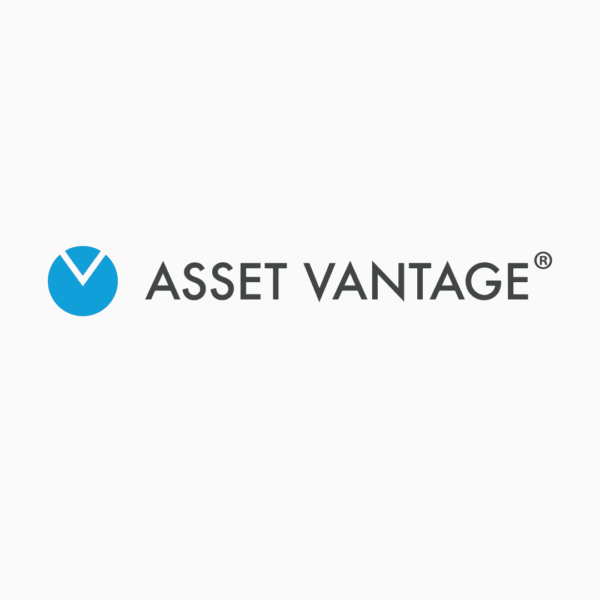Family offices have long been enticed by artificial intelligence’s (AI) potential in financial decision-making. It would be wonderful to get precise and computationally accurate answers to complex questions, such as “how much exposure do I have to the Manhattan housing market?”, though AI applications often fail to deliver on such promises for many. So, Simple spoke to Chirag Nanavati, the managing director at Asset Vantage, to find out the “missing link” to unleashing AI’s full potential for family office investments.
The problem: Disjointed systems
Many family offices rely on a mix of disparate accounting-only and investment-only systems. In other words, they use separate software systems to track investment performance, business operations and lifestyle expenses. This fragmented approach to record-keeping means that, in order to get the full picture, staff must manually extract and consolidate financial data into spreadsheets to get a complete financial overview. The manual nature of managing data not only increases the risk of errors, but also prevents the optimisation that AI could otherwise provide.
This reliance on separate systems leads to a fragmented database. When it comes to AI, the results depend entirely on the data it is fed. “If you feed incomplete data, you will get inconsistent or partially correct results from the AI, which may not be useful,” says Chirag. Only unified systems with an integrated accounting and investment view allow for a complete dataset on which to build AI tools.
The solution: An integrated platform
To prepare a complete data set ready for AI, it is important for family offices to use an integrated platform. The platform should maintain a clear linkage between each transaction and its accounting entry. It should also link to the investment holding and the entity in which it’s held. Finally, it needs to be able to connect the entity to its beneficial owners. “If you keep that linkage consistently available, then every cash flow or every transaction can be linked into an outcome,” says Chirag.
Furthermore, the effectiveness of advanced analytical tools is directly proportional to the accuracy and completeness of the data they process. When an integrated platform provides clean, unified data, AI can deliver truly comprehensive insights. It can enable sophisticated analysis, predictive modelling, and ultimately, more robust and confident decision-making.
Real-world scenarios
Consider two scenarios common to family offices investing in real estate or running a family business. First, take the family with substantial real estate holdings, managed through various partnership companies. Overseeing that involves tracking lease payments and distributing rental income. And that often necessitates tracking the flow of income and expenses through multiple trusts and beneficiaries.
Secondly, picture a family office managing a family business and a portfolio of diverse shareholdings. In this scenario, the challenge lies in managing the business’s profits and dividend payouts. These incomes can be spent on either expenses or reinvested into other accounts.
In both situations, the “missing link” is the lack of a unified platform to integrate accounting transactions with investment data. If a family uses investment-only or accounting-only software, it only captures half of the picture. Unless there is a combined system, applying an AI tool could be futile. “There are many AI systems that are trying to bring data across multiple systems together, but if they don’t have a clear linkage with transactions, then they will make one up,” says Chirag.
He adds that putting an AI layer on top of multiple different systems is far too risky. That is because the AI system may make and rely on incomplete assumptions or even assume that no link exists at all. After all, the data within these systems is not always seamlessly linked. Therefore, these assumptions could lead to AI hallucinations, providing inconsistent or incomplete answers.
Benefits for family offices
Using an integrated accounting and investment solution offers numerous benefits to family offices. A combined system can provide complete and consistent data, which is fundamental for accurate reporting and effective analytics. Each transaction is meticulously tracked and linked to its appropriate category, asset, or stakeholder, forming a crucial data foundation.
This robust data foundation not only streamlines operations, but also enhances the effectiveness of artificial intelligence. When fed with a rich and consistent dataset, AI can identify patterns, forecast trends, and provide insights that might otherwise be missed, leading to more strategic and efficient financial management.
“It’s important to have that link, and as long as the data link is there, AI is really good at giving answers, and you can actually run detailed and actionable interactive reporting based on that.”
The integrated advantage
The promise of AI often falls short for some family offices due to scattered and fragmented datasets. Without closing the loop with a system that combines accounting and investments, providing a proper data linkage, applying AI can lead to “hallucinations” and inconsistent results, undermining its potential.
By embracing a unified accounting and investment platform, family offices can overcome these limitations. This strategic integration ensures AI’s insights are consistently accurate and actionable, enabling family offices to harness AI’s full potential and make informed decisions for a more secure and prosperous future.



